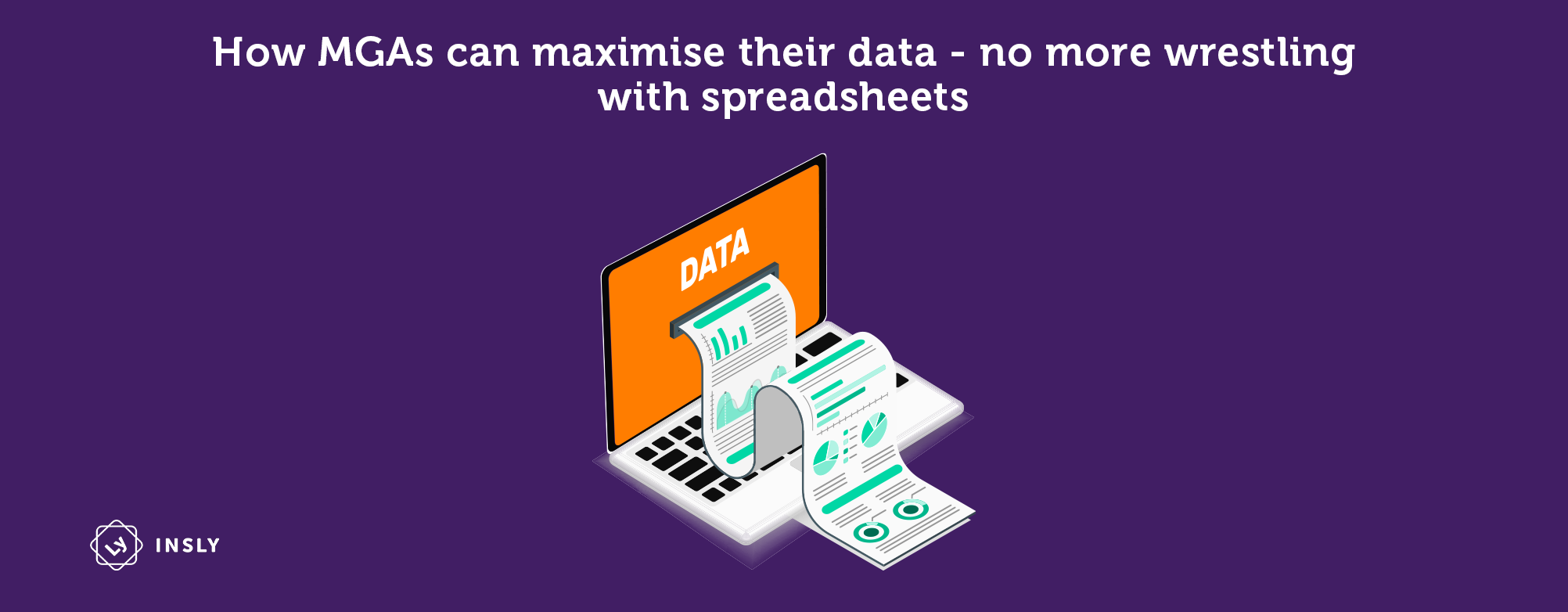Data analytics are vital for MGAs to compete and get ahead in today’s insurance market. But building and executing a comprehensive data strategy requires the right foundations.
MGAs are under increased pressure. Not only are they facing rising competition for customers, but they are also up against a stagnating economy, less capital availability, plus rising rates. As the insurance market has hardened there has been a flight to quality for capacity providers, which means that MGAs must innovate and prove their worth more than ever.
As such, the role of data and data analytics has moved to the forefront, as MGAs look to find the edge over their competitors, by improving efficiency and profitability across the insurance lifecycle. Data analytics plays a role in everything from risk evaluation to pricing, spotting trends in underwriting processes, claims, preconditions for policies, and accounting. But to be truly effective, MGAs must have a holistic data strategy in place, which means breaking down siloes and investing in the right technology.
Data across the insurance lifecycle
Data is integral to making the right decisions as an MGA. It enables a business to read the market, by tracking the behaviour and desires of current and potential customers. It helps you to spot strengths, weaknesses, and untapped opportunities within your own business by analysing trends such as premium claims, loss ratios, and quote takeup across products, market segments and geographies.
Only through data can a business quickly test new ideas and strategies to decide whether they are viable for the long-term. For example, how does tweaking a product impact sales success? How about a new distribution strategy? With the right data, these hypotheses can be tested, made highly targeted, and then tracked in detail to understand which are causing the biggest uptick in sales, customer satisfaction, or whichever metric you are trying to influence.
Crucially for MGAs, the right data is also key for securing and retaining strong capacity relationships, without which, the business can’t differentiate itself. At a time when insurers and reinsurers are becoming more cautious, MGAs must demonstrate how products are performing, provide reassurance that they are fully in control of their book of business, and how they plan to drive growth. MGAs that go above and beyond in how they present key performance metrics are automatically at an advantage, as they look to innovate and forge these vital relationships.
Legacy systems – the enemy of data analysis
However, reaching this level of data analysis inevitably comes with challenges, particularly for those MGAs that are still relying on legacy software. Outdated, disparate, and unconnected systems make it impossible to extract, collate and analyse the information that you need to make well-informed, fast decisions. Many businesses still rely on Excel spreadsheets for collecting and tracking data, while others have a mishmash of management systems in place, none of which communicate with each other. The result is the constant need to re-key information, move between systems, and ultimately giving you no easy way of combining, reconciling, or comparing different sets of data. Consequently, companies are slow to innovate, respond to market changes, and scale up their activities.
Making your MGA’s data work for you
To really maximise their data, MGAs need the right systems and technology in place to streamline the process. That means collecting and collating data in a format that can be easily synthesized for use by the business and then layering on the analytics tools to turn this data into something that can drive business decision-making and provide next-generation reporting. It may sound daunting, but with the software available today, it doesn’t have to mean overhauling your entire IT infrastructure or hiring costly developers or analytics specialists.
Insly’s MGA insurance software takes a no-code, modular approach, covering the entire business lifecycle from quote and bind, to distribution, claims, and finance and accounting. So, you can either update your entire infrastructure or take a phased approach by updating one business function at a time, as you understand the ROI. With Insly, all the data is stored in one location and every module of the system can talk seamlessly with the others providing sophisticated real-time insights and reporting for driving innovation, ensuring compliance, and keeping capacity partners informed.
Furthermore, Insly utilises robotic process automation (RPA) to standardise and analyse large data sets, gathering data from multiple sources, including legacy systems. RPA scans all the information in your business to access and acquire the specific data you need, regularly generating business intelligence reports and sharing its findings as and when required.
Data analytics capabilities are no longer the preserve of big companies with big budgets. Advances in no-code technology mean that MGAs of all sizes can realistically become data-driven enterprises. It’s time to stop wrestling with spreadsheets.



